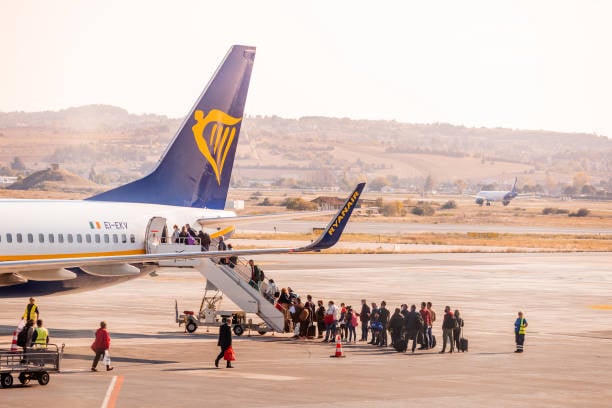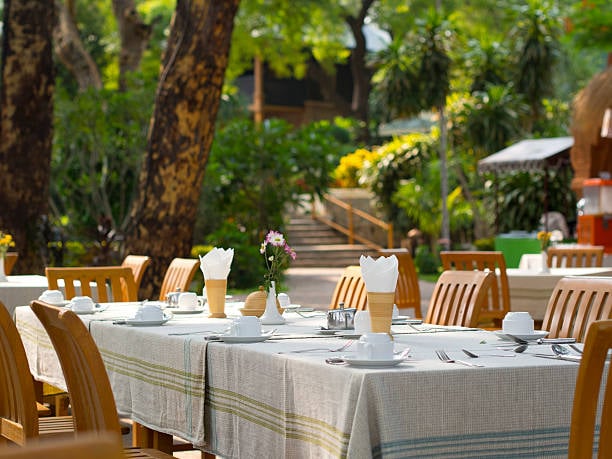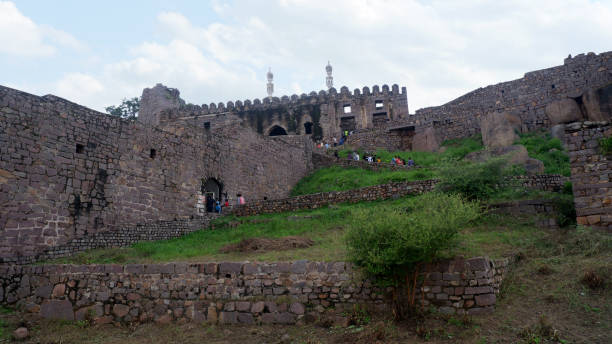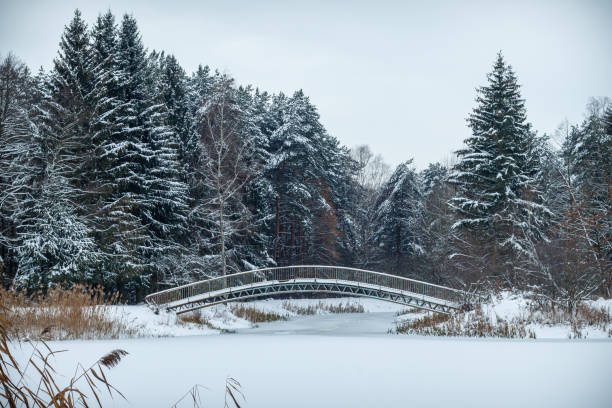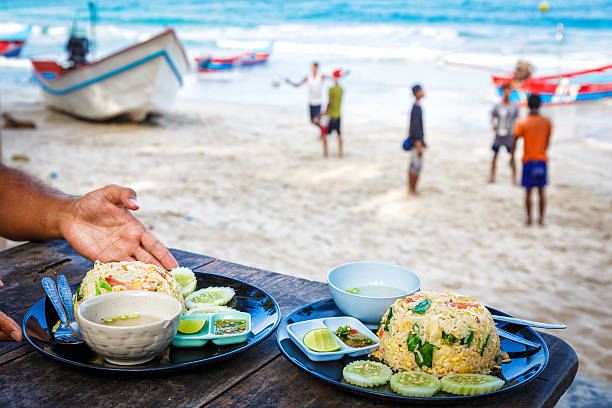Adapting to Professional Life Across Continents
The allure of global career opportunities has never been stronger. In today’s interconnected world, professionals are increasingly looking beyond their home countries, drawn by the… Read More »Adapting to Professional Life Across Continents



